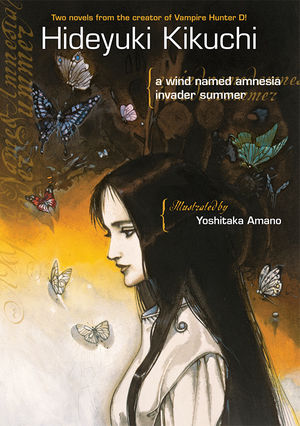
Recently published in paperback as a part of Cornell University's New Japanese Horizons Series is a selection of short stories by Masuda Mizuko, translated by Lynne Kutsukake, although it is a slight cliche to say it but the only drawback with this absorbing collection was it's length, it would have made even further rewarding reading to experience the same number of stories over. The stories are accompanied with an introduction by Lynne Kutsukake giving some biographical insights into Masuda and the stories selected, five of them here originally appeared in Japan in Masuda's collection Water Mirror/Mizu kagami from 1997, these stories feature linking events which give the perspectives of these narratives an additional dimension, an episode where a woman is stabbed by her violent partner is seen from different viewpoints of the characters in the different stories, although the event occurs at the periphery of each of the central story lines. All of the stories except for one, (Dream Bug) are narrated by women who to some extent find themselves in events that leave them unravelled from the fabric of society, Masuda's prose has an incredibly understated subtle way of describing extraordinary events in everyday language, in Horn a woman discovers that a horn about the size of a wart is beginning to grow on her head, she gets away with covering it with a plaster, but with it the horn also enables the woman with a psychic ability to read the minds of those around her, on the whole the woman is non-plussed by the mundane nature of their thoughts, the story ends with her feeling ambivalent about her feelings over the responsibility that may come with this power. The stories predominately feature narratives centering on independent women who have been the victims of abusive relationships, as in the first story Smoke where the protagonist's memories of her abusive partner are provoked when she is pushed to the ground by a man running past her. The stories give a menacing portrait where violence and psychological uncertainty encroach into the domestic setting, Ginko in Smoke immediately after being pushed returns to her apartment and takes an automatic solace in performing domestic chores, opening one of the huge official refuse bags she steps in and finds that she feels a security pulling it up over her head, these feelings begin to shift when a report on t.v turns to a murder case where the female victim's body was discarded in rubbish bags similar to the one she is in. The story Water displays a subtle use of the association of ideas which form into an understated metaphor left to the reader to piece together, the central character Ikuri has written a love letter to a fellow worker, (Akira), who works in the engineering section, the narrative carries her expectation of his reply, only to be interrupted by a complaint from the tenant, (Takayama), in the apartment below her's complaining that water is dripping from her apartment into his, the story gives the notion of the soiling of a pure love.
The title story Single Sickness is seen through Fukue who works at a Pathology research laboratory experimenting cancer cures on mice, taking a leap into the unkown she decides to escape and hands in her resignation, the story expands on the enclosed, mainly male dominated world of the department, the power struggles and the shuffling for promotion, especially seen through the research student, Matsuki, who is vying for Fukue's Senior Lecturer job when she leaves. Fukue's narrative sees her observing the duality and slight futile nature in her work, infecting the mice but at the same time searching for a cure, - The goal was to take an incurable disease and turn it into a minor ailment, the narrative lingers around the ethics of animal experimentation with the man who breeds and handles the mice. The centre of the story lies around the bitter irony when Fukue feels a pain in her breast, and after a consultation she is told that she has a lump the size of an azuki bean, but further tests would be required. Later she is seen by another doctor who diagnoses mastitis, he patronizingly berates her, citing the cause as not having a baby - When women don't perform the duties nature assigned them, this is what happens - they get punished with things like mastitis or uterine inflammation. The final story Dream Bug follows Hideo as he checks up on a coffee shop left behind after his uncle Katsuzo dies, as the story develops Hideo discovers that his uncle was ostracised from the family, the reason remains enigmatic, Hideo discovers a box of old photographs, and a woman who at first worked for his uncle figures but their relationship remains unclear, maybe she was a prostitute. Hideo retains a certain admiration for his wayward uncle, who lived at odds with the rigidly traditional path of his father, but still managed to make a small business for himself. The story incorporates a dream like connection between the dead uncle and Hideo, his father calls Katsuzo 'Yumenmushi', and Hideo dreams of the dream bug who must be kept happy being fed on sweet dreams - And if you had too many bad dreams, your mind would soon be filled with holes chewed by the yumenmushi. Once it had eaten everything, you could never dream again. This collection not only opens up a series of engrossing narratives of marginalized women caught in transistion but also paints a striking picture of the Japan glimpsed at their peripheries.
Masuda, (b.1948), has been nominated for the Shincho Prize and also the Akutagawa Prize six times and has won many other awards including the Noma New Writers Award, the Izumi Kyoka Prize, the Ministry of Education Fine Arts Award and the Ito Sei Literary Prize.
more details on Single Sickness and Other Stories at Cornell University's East Asia Program

